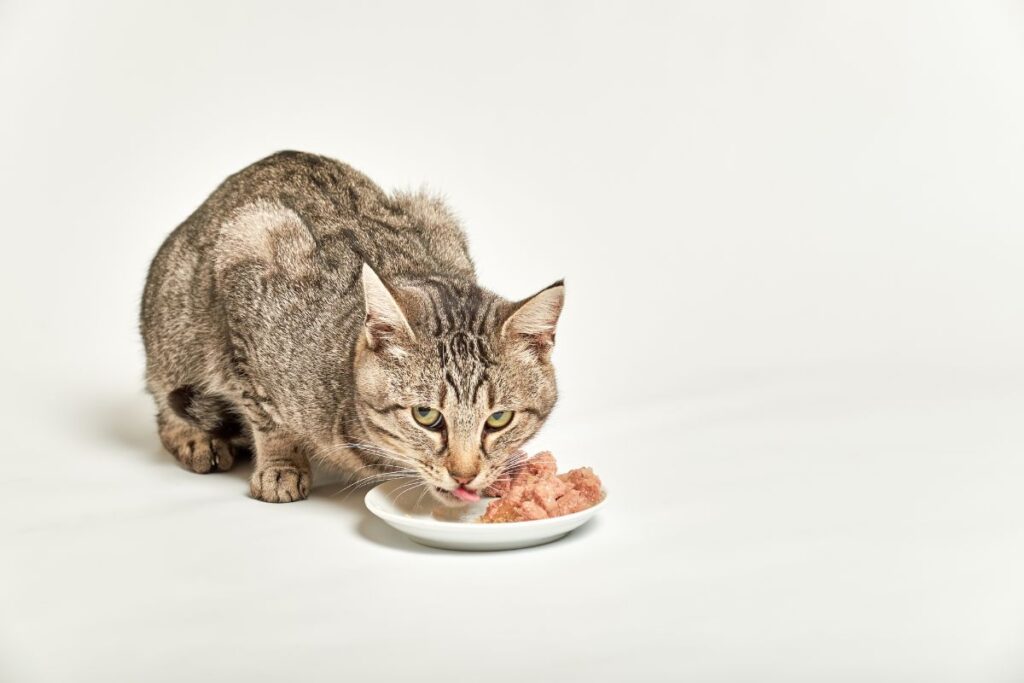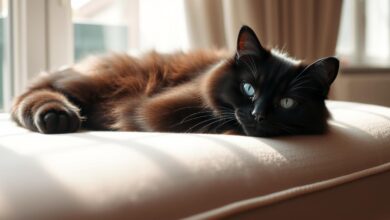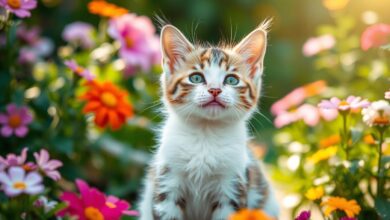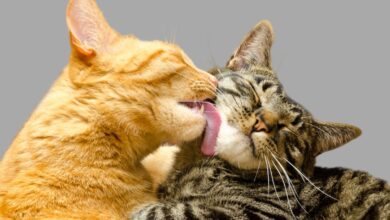Can You Use Cat Litter as Perlite? A Complete Guide

Perlite is a common additive used in gardening to improve soil aeration and drainage. However, some gardeners are curious about alternative options like cat litter. Can you use cat litter as perlite? In this article, we will explore whether cat litter can be a viable substitute for perlite and examine its potential benefits and drawbacks.
What Is Perlite?
Perlite is a volcanic glass that, when heated, expands to form a lightweight, porous material. It’s highly valued in gardening because it improves soil structure, allowing water to drain effectively while maintaining moisture retention. Perlite also helps with aeration, creating spaces for air to circulate around plant roots.
Types of Cat Litter
Before diving into whether cat litter can be used as a perlite substitute, it’s important to understand the different types of cat litter:
- Clay-Based Cat Litter: The most common type of cat litter, made from bentonite clay, which is highly absorbent. This litter is designed to clump when exposed to moisture, making it easier to clean.
- Silica Gel Cat Litter: Made from silica crystals, this litter is also highly absorbent but does not clump like clay-based litter. It is often more expensive and is designed to trap moisture and odor without creating clumps.
- Biodegradable Cat Litter: This type of litter is made from natural materials like wood, paper, or corn. It is more eco-friendly and can decompose over time.
Can You Use Cat Litter as Perlite?
The short answer is no, cat litter cannot replace perlite in most gardening applications. Here’s why:
- Clay-Based Litter: Clay-based cat litter is highly absorbent, but its tendency to clump when wet makes it unsuitable for use in soil. When added to garden soil, it will create clumps that retain moisture and reduce air circulation, leading to poor drainage. This can be harmful to plant roots, particularly in potted plants.
- Silica Gel Litter: While silica gel is also absorbent, it does not provide the same level of aeration or drainage as perlite. It may hold onto moisture for longer periods, leading to waterlogging, which can cause root rot in plants.
- Biodegradable Litter: Some biodegradable litters might offer better drainage compared to clay or silica, but they still won’t match the effectiveness of perlite. These litters can decompose and break down over time, which may impact soil structure and consistency. Furthermore, they do not create the necessary air pockets in the soil that perlite provides.

Check Also : The Best Cat Foods for Every Stage of Your Cat’s Life: From Kitten to Senior
Why Perlite Is the Better Choice
Perlite’s unique properties make it irreplaceable in gardening for the following reasons:
- Aeration: Perlite creates small air pockets in the soil, which are essential for healthy root growth. Proper air circulation around roots helps plants absorb oxygen and nutrients more effectively.
- Improved Drainage: Unlike cat litter, perlite does not clump or retain excessive moisture. It ensures water drains well while still holding enough moisture for plant roots to access.
- Lightweight: Perlite is extremely lightweight, which makes it ideal for use in potted plants and containers where heavy soil could limit root growth.
- Inert Material: Perlite is chemically inert, meaning it won’t alter the pH balance of your soil. This is especially important for plants that require specific pH levels.
Are There Alternatives to Perlite?
If you’re looking for a more eco-friendly or cost-effective alternative to perlite, there are other options you can consider. While cat litter may not be ideal, these materials can offer similar benefits to perlite:
- Vermiculite: Similar to perlite, vermiculite improves water retention and aeration in the soil. It’s a good option for plants that require more moisture.
- Pumice: A volcanic rock like perlite, pumice is heavier but provides excellent drainage and aeration. It is a great alternative for outdoor gardens.
- Coconut Coir: Made from the fibrous husk of coconuts, coir helps with water retention and soil aeration. It’s biodegradable and eco-friendly.
How to Properly Use Perlite in Gardening
If you’re new to using perlite, here are some tips for incorporating it into your garden:
- Mix with Potting Soil: For potted plants, mix perlite with your potting soil at a ratio of 1:4 (one part perlite to four parts soil). This ensures adequate aeration and drainage.
- Improve Drainage in Garden Beds: If you have heavy clay soil, mix perlite into the top 6–12 inches of soil to improve drainage. This will help water flow more freely, reducing the risk of root rot.
- Use in Seed Starting: Perlite is ideal for starting seeds because it provides the right balance of moisture retention and drainage. Mix it with seed-starting soil or use it alone to encourage faster germination.
Conclusion: Can You Use Cat Litter as Perlite?
Although cat litter is a common household item, it is not a suitable replacement for perlite in gardening. While it may seem convenient, using cat litter in your soil can lead to poor drainage, moisture retention issues, and unhealthy plant roots. Perlite, with its superior drainage and aeration properties, remains the best choice for improving soil structure and promoting plant health.
If you’re looking for alternatives to perlite, consider materials like vermiculite, pumice, or coconut coir. These natural options can offer similar benefits without the downsides of cat litter.
FAQ Section
Can clay-based cat litter be used for gardening?
No, clay-based cat litter clumps when wet, making it unsuitable for gardening. It can retain too much moisture, leading to poor drainage and root damage.
Is there any type of cat litter that works like perlite?
No, even biodegradable cat litter does not offer the same aeration and drainage benefits as perlite. It may decompose over time, altering the soil’s structure.
What are the best alternatives to perlite?
Alternatives to perlite include vermiculite, pumice, and coconut coir, all of which help with soil aeration and drainage.





